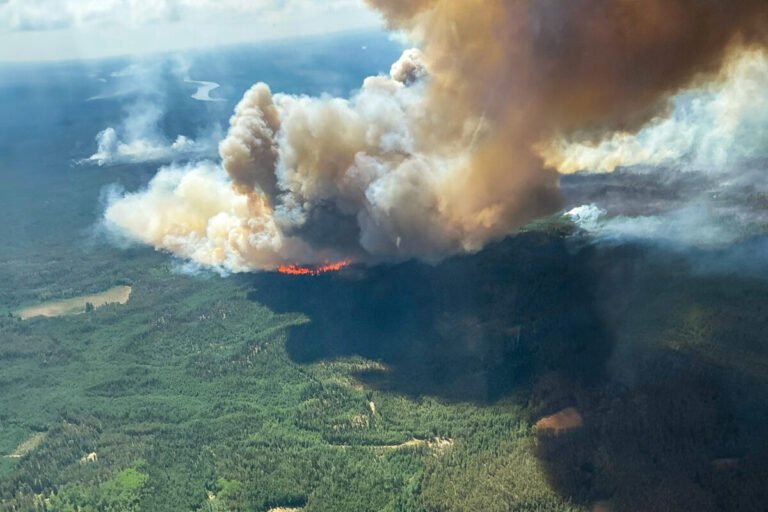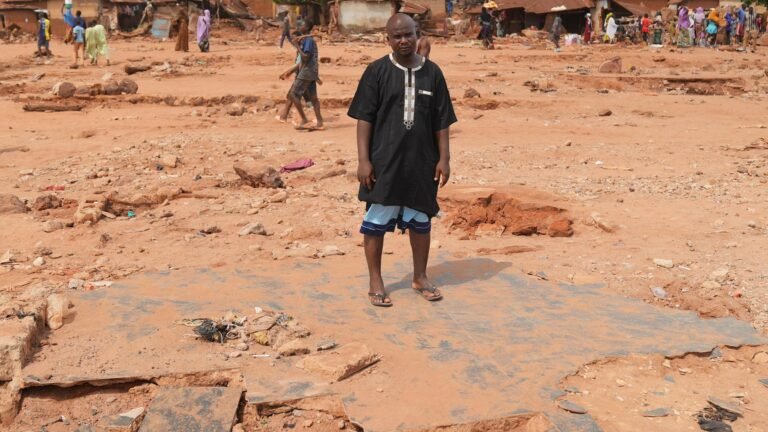Tropical Storm Wipha, designated as storm number 3 by the Vietnam Meteorological Agency, struck inland over Ninh Bình and Thanh Hóa provinces before weakening as it tracked westward.
At landfall, sustained wind speeds reached 64–100 km/h (40–62 mph), with gusts locally measured above 130 km/h (81 mph). The storm delivered intense rainfall across the Red River Delta and North Central Coast, with forecast totals surpassing 500 mm (20 inches) in localized areas.
Prime Minister Phạm Minh Chính signed order 112/CĐ-TTg on July 21, mandating the evacuation of low-lying zones, the suspension of all maritime and aviation activity in affected provinces, and the full mobilization of emergency services.
Approximately 350 000 military and civil defense personnel were deployed across high-risk areas.
Significant impacts were reported in the provinces of Hưng Yên, Hải Phòng, Quảng Ninh, and Nam Định. Coastal districts experienced flooding, wind damage to roof structures, and uprooted treesd.
The island district of Cô Tô lost power overnight on July 21–22, prompting the deployment of mobile generators to critical facilities.
In Ninh Bình, urban flooding rendered multiple roads impassable. Aquaculture infrastructure was also threatened, with an estimated 150 000 ha (370 660 acres) of fish-farming water surfaces and 20 000 floating cages at risk.
Rainfall-triggered flash floods and localized landslides were reported in mountainous districts of Nghệ An, Thanh Hóa, and Sơn La. River levels on the Mã and Cả river systems rose by 3–6 m (10–20 feet), prompting flood alerts at level 2. In Quế Phong District (Nghệ An), multiple mountain roads were cut off due to water surge and slope failures.
Wind gusts in central Hanoi reached 60 km/h (37 mph), disrupting traffic and causing isolated structural damage. The Hanoi Meteorological Center issued tornado and squall warnings, particularly for suburban areas like Ba Vì and Hòa Lạc. Warnings remained in effect into the morning of July 23.
The arrival of Wipha followed a deadly thunderstorm in Hạ Long Bay on July 19, during which a tourist vessel capsized under severe weather conditions linked to the storm’s precursor circulation. At least 36 people were confirmed dead.
Wipha previously affected the Philippines between July 19 and 21, where its outer bands amplified the southwest monsoon. Widespread floods affected Metro Manila and Luzon, killing at least 5 people and displacing tens of thousands. Government agencies declared local states of calamity in several provinces.
Moisture from Wipha’s circulation also contributed to record-breaking rainfall in China’s southern and eastern provinces. Localized precipitation exceeding 300 mm (12 inches) was recorded in Fujian and Guangdong, prompting landslide alerts and emergency releases from multiple reservoirs in the Pearl River Basin.
Wipha is the fourth named storm of the 2025 northwest Pacific typhoon season. The Vietnam Meteorological Agency notes that rising sea surface temperatures in the South China Sea may be increasing storm intensity and duration. The event follows Typhoon Yagi, which caused over 300 fatalities and USD 3.3 billion in damage in Vietnam in September 2024.





